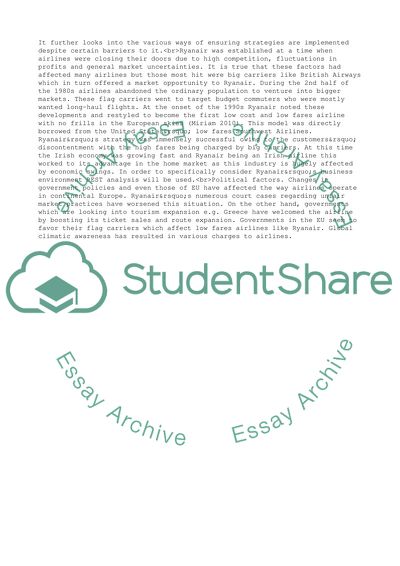Cite this document
(Corporate Strategy of Ryan Air Assignment Example | Topics and Well Written Essays - 2500 words, n.d.)
Corporate Strategy of Ryan Air Assignment Example | Topics and Well Written Essays - 2500 words. Retrieved from https://studentshare.org/business/1744594-corporate-strategy-ryan-air
Corporate Strategy of Ryan Air Assignment Example | Topics and Well Written Essays - 2500 words. Retrieved from https://studentshare.org/business/1744594-corporate-strategy-ryan-air
(Corporate Strategy of Ryan Air Assignment Example | Topics and Well Written Essays - 2500 Words)
Corporate Strategy of Ryan Air Assignment Example | Topics and Well Written Essays - 2500 Words. https://studentshare.org/business/1744594-corporate-strategy-ryan-air.
Corporate Strategy of Ryan Air Assignment Example | Topics and Well Written Essays - 2500 Words. https://studentshare.org/business/1744594-corporate-strategy-ryan-air.
“Corporate Strategy of Ryan Air Assignment Example | Topics and Well Written Essays - 2500 Words”, n.d. https://studentshare.org/business/1744594-corporate-strategy-ryan-air.


